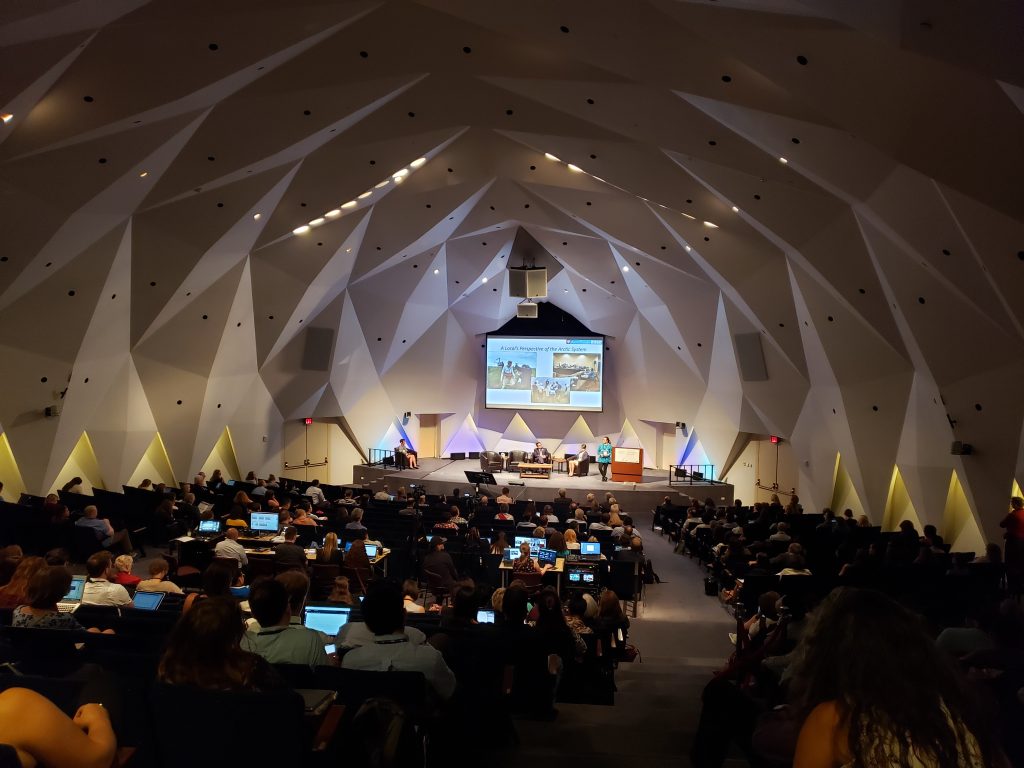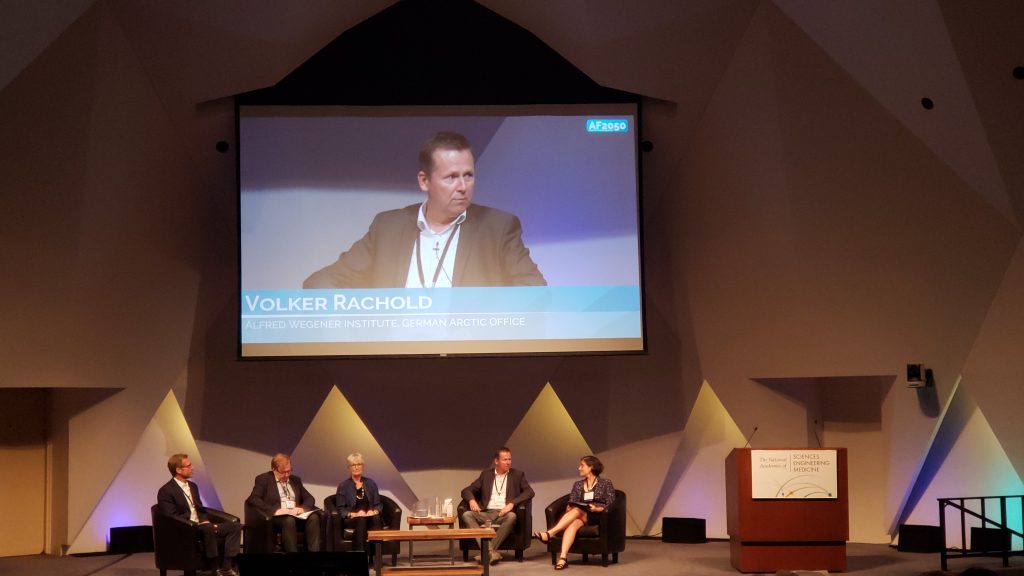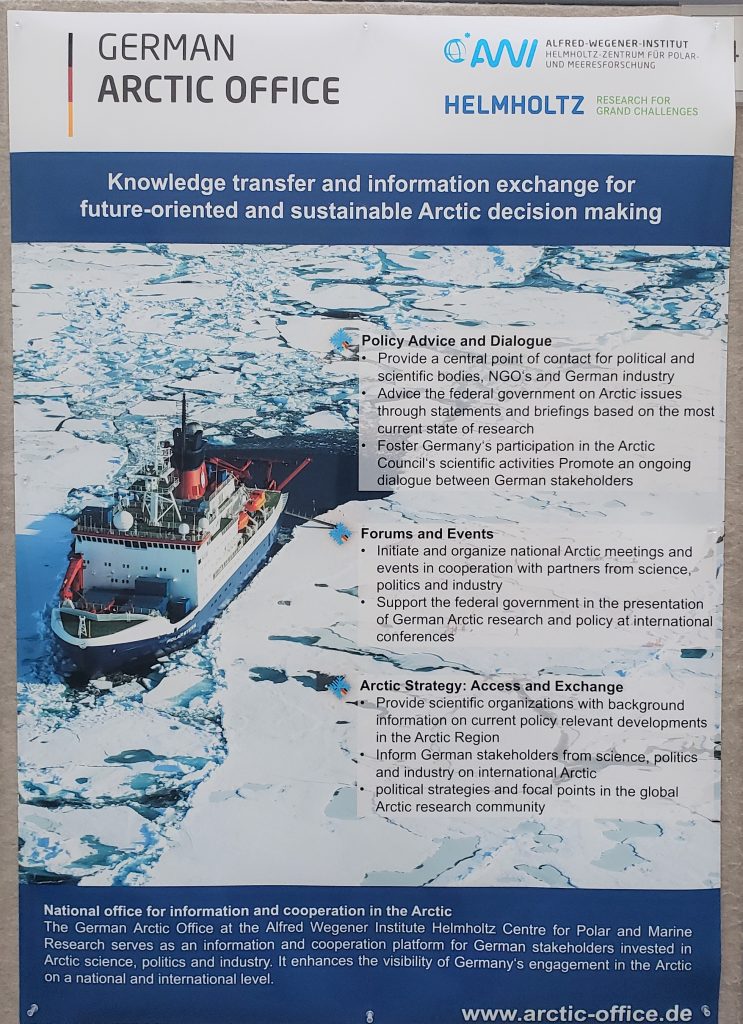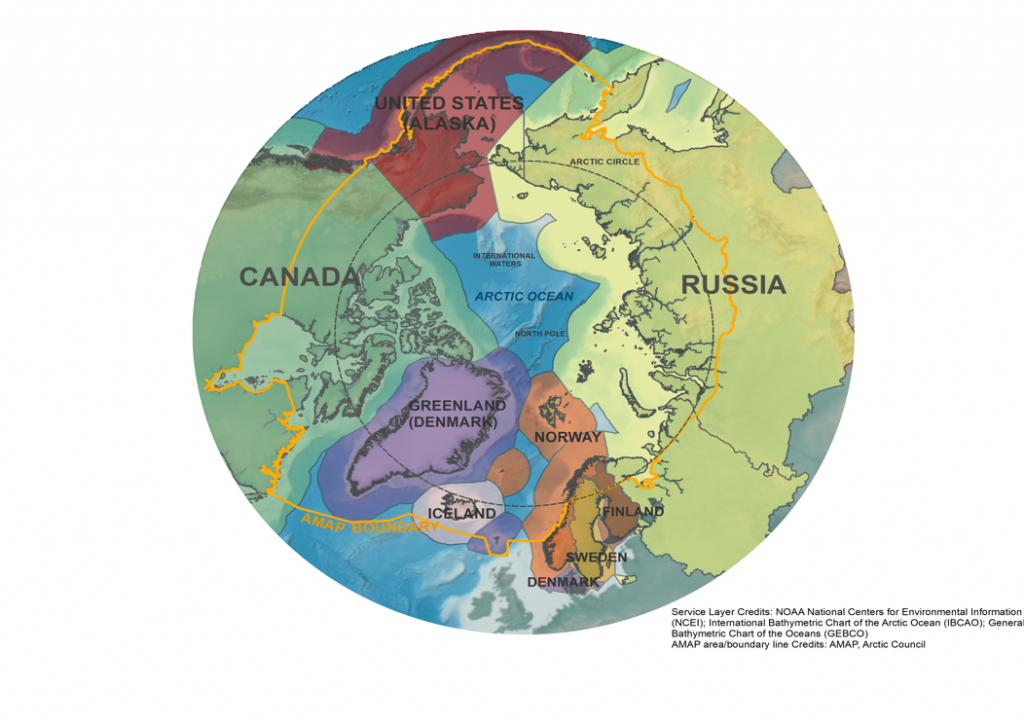
I am in the second half of my fellowship with the AWI and the literature review continues, but the fact sheet is coming together very well. Dr. Rachold and I converse biweekly regarding progress, content, formatting, and imagery of the fact sheet. All of the AWI fact sheets include a cover photo to represent Arctic scenery appropriate to the theme. Dr. Rachold and I agreed that a representation of the Arctic region was appropriate for my fact sheet, Governance in the Arctic. We decided that an Arctic map would be best. This was the perfect opportunity for me to put the GIS skills I learned at MIIS to use. I met a wonderful gentlemen and AWI GIS wiz, Sebastian Laboor. Together, we created an Arctic map. The map represents the economic exclusive zones of the eight Arctic States, the North Pole, Arctic Ocean, Arctic Circle and the Arctic Marine Assessment Program’s (AMAP) boundary line (see image above). The AMAP is a working group of the Arctic Council. The boundary lines are especially relevant as there are different definitions of the Arctic based on the context of the region. The Arctic Circle boundary circles the globe at 66° 34′ N of the equator. Some use it to describe the Arctic region as the area above the Arctic Circle. The AMAP boundary defines the Arctic region as the marine and terrestrial areas north of the Arctic Circle, north of 62°N in Asia and 60°N in North America, and includes elements of the Arctic Circle, political boundaries, permafrost limits and major oceanographic features. https://www.awi.de/en/about-us/publications/brochures-and-reports.html
Arctic Experts and Interviews
In addition to my constructing the Arctic GIS map, I conducted interviews with members from the Institute for Advance Sustainability Studies (IASS) Arctic Governance team in Potsdam, Germany, the Arctic Council’s Indigenous Peoples’ Secretariat located in Tromsø, Norway (IPS) and the Arctic Centre located in Lapland, Finland (see below images). I am very appreciative and grateful that each of them we willing to speak with me and discuss at length the future of Arctic governance, perspectives, ownership, Indigenous youth, culture, language, resources, challenges and positive relationships. These wonderful people provided feedback and reviewed the content of the fact sheet for accuracy and clarity. I’d like to thank Michaela Stith, IPS Associate (not pictured here) for providing comments and review of the fact sheet as well. I am forever grateful for their time, engagement and for enhancing my thoughts on the realities of the Arctic region. https://www.arcticcentre.org https://www.arcticpeoples.com/ https://www.iass-potsdam.de/en/research-group/arctic-governance (The images below were obtained from the organisation or the world wide web)
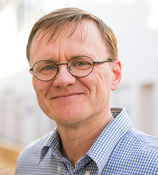

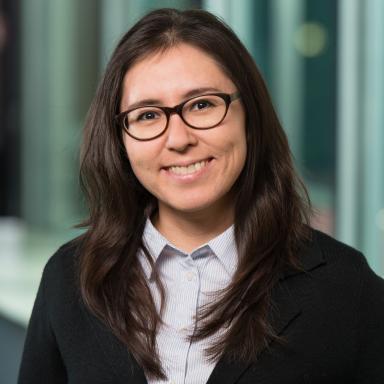
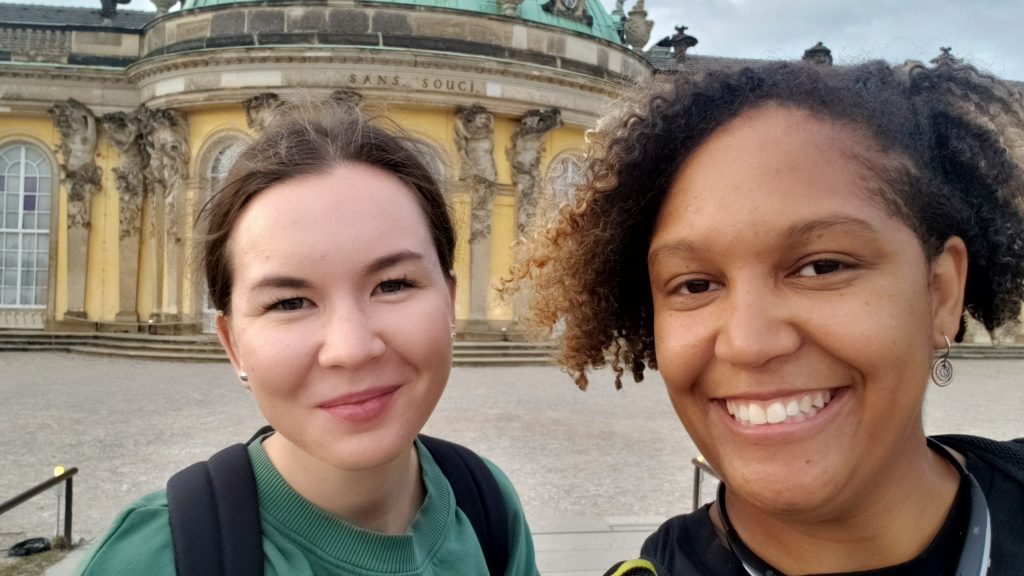
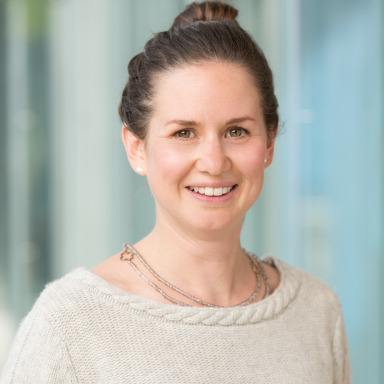
Arctic literature and presentations
Arctic issues – Potsdam Summer School
https://potsdam-summer-school.org/
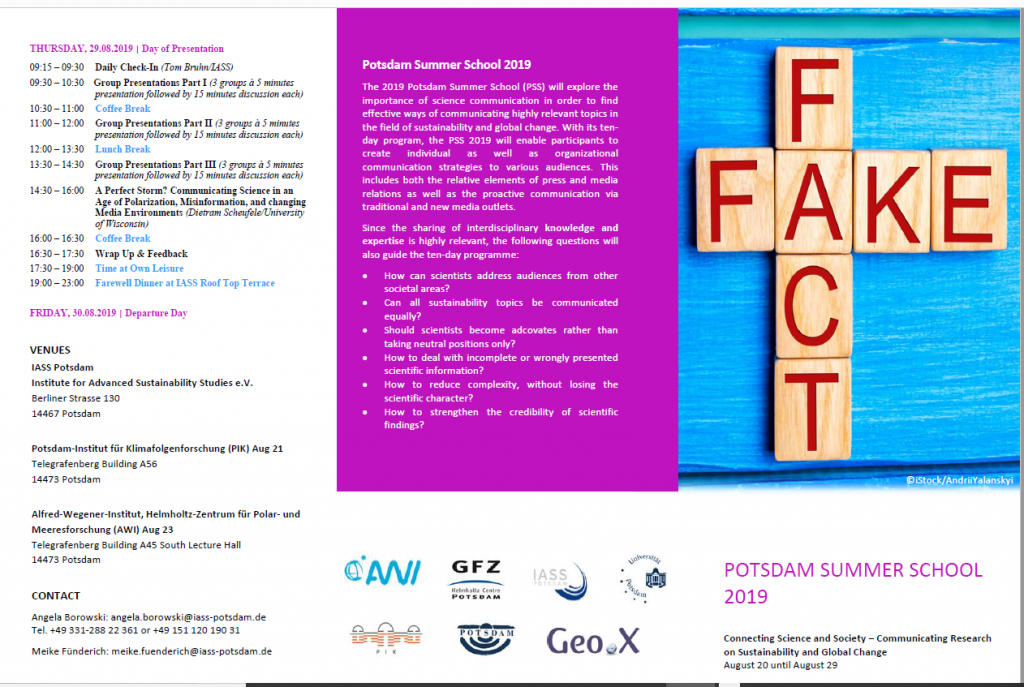
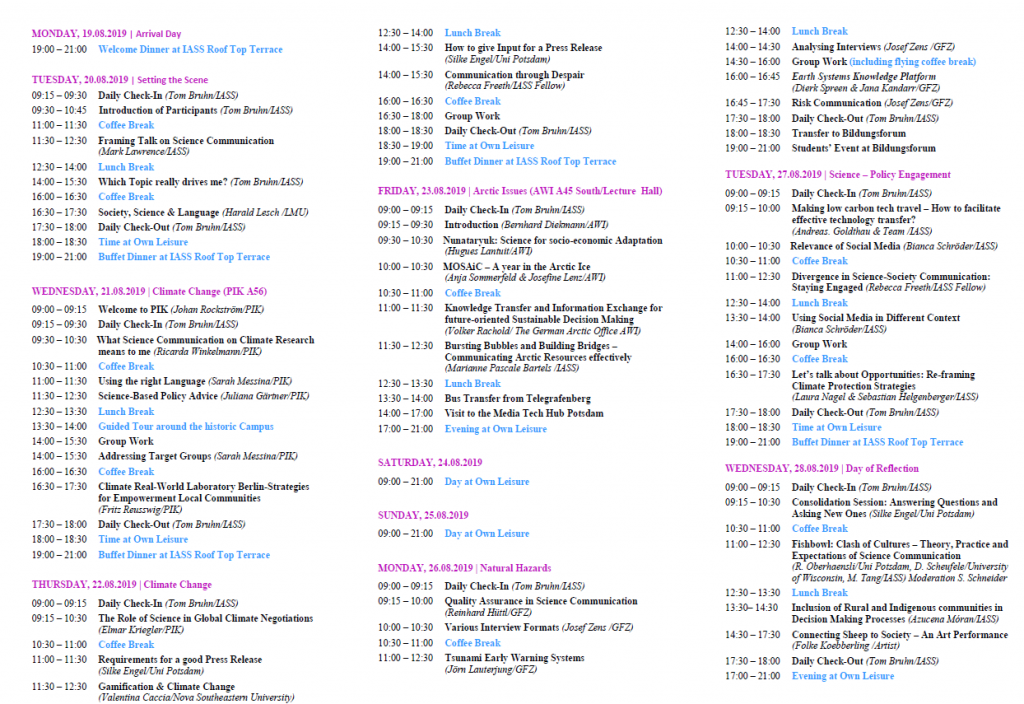
A few weeks ago, I connected with public policy professionals from the Potsdam Summer School. I attended only the Arctic Issues session where Dr. Rachold and other AWI scientists and researchers gave presentations. The Arctic Issues session took place on the AWI campus. The session was highly constructive and informative. A lot of the content is known to me, but I learned a great deal from those participating in the summer school. The Q/A and discussion period led to great conversations. This was another highlight of my time at the AWI. I met professionals from all walks of life with different policy interests, and I learned more about the Nunataryuk Permafrost Horizon 2020 project. https://nunataryuk.org/
I will contribute to the Permafrost Atlas for the H2020 project in my current role as project assistant in the Polar and Mountain program at the Grid-Arendal in Arendal, Norway. https://www.grida.no/about
There are several international partners for the permafrost project but the AWI is responsible for project coordination.

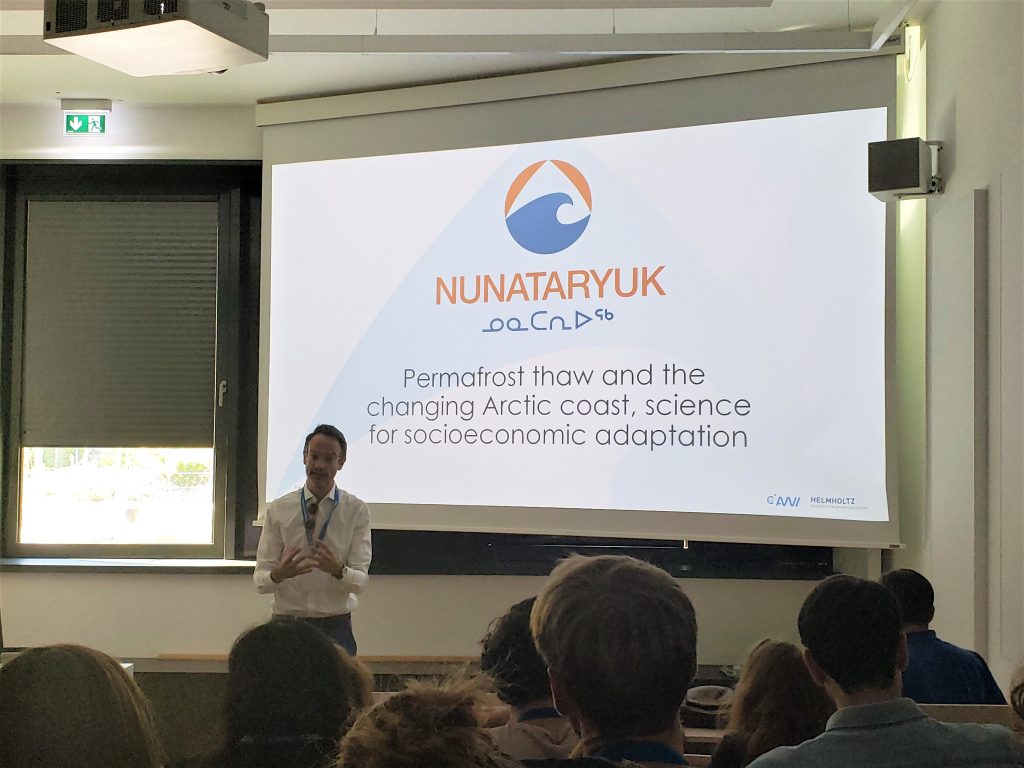
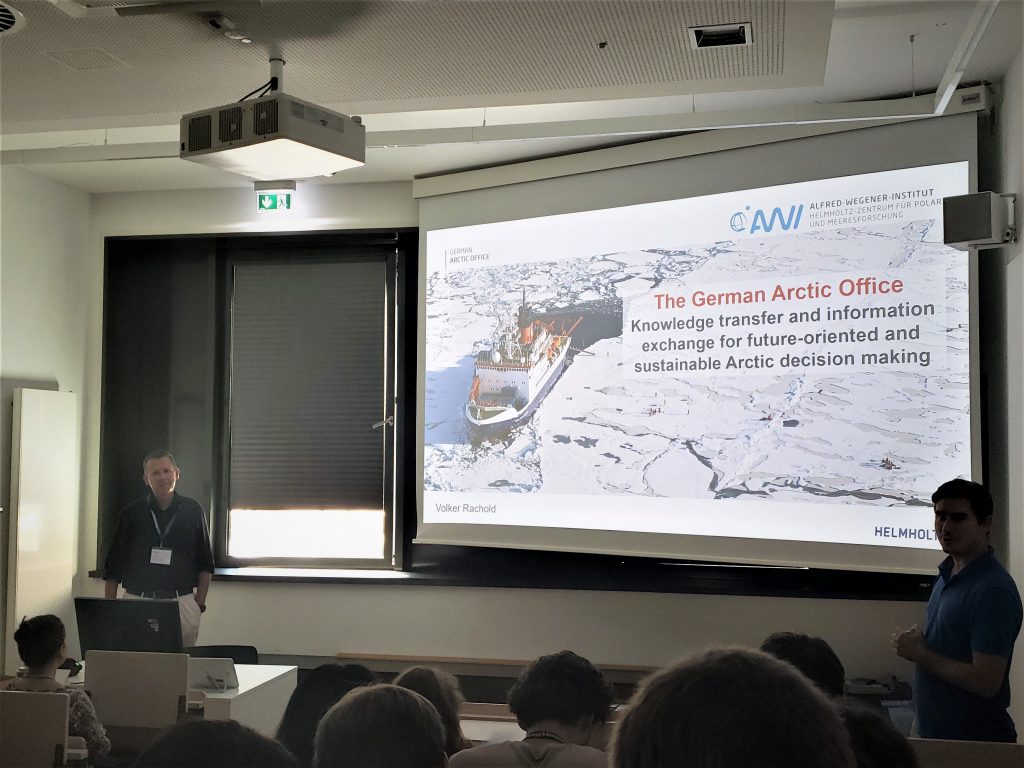

Arctic Futures 2050 Conference
Busy times ahead… Dr. Rachold and I flew to Washington, D.C. to attend the three day Arctic Futures 2050 conference hosted by the Study of Environmental Arctic Change (SEARCH). This conference bought together Arctic scientists, Indigenous Peoples and policy makers to explore the knowledge needed to inform decisions concerning the Arctic in the future. I am grateful to Dr. Brendan Kelly, Executive Dir. of SEARCH and my CBE graduate supervisor for sponsoring my travel to/from AF 2050. I was especially glad that I could attend as the objective of the conference aligns with the topic of my master’s project for the Applied Professional Practicum at MIIS. This was an extremely informative, educational and professional experience for me. This experience will no doubt contribute to my career and professional network. I had the privilege of networking with policy makers, Indigenous Sámi and Inuit representatives and Arctic researchers, not to mention absorbing the variety of knowledge in the tent (below). https://www.searcharcticscience.org/arctic-2050/conference-2019
